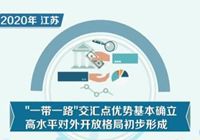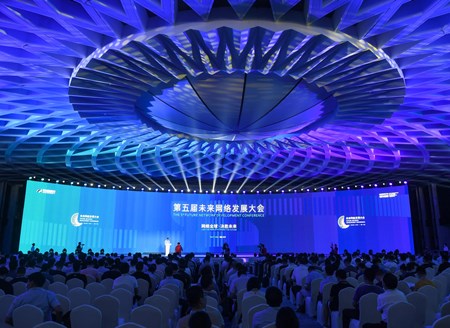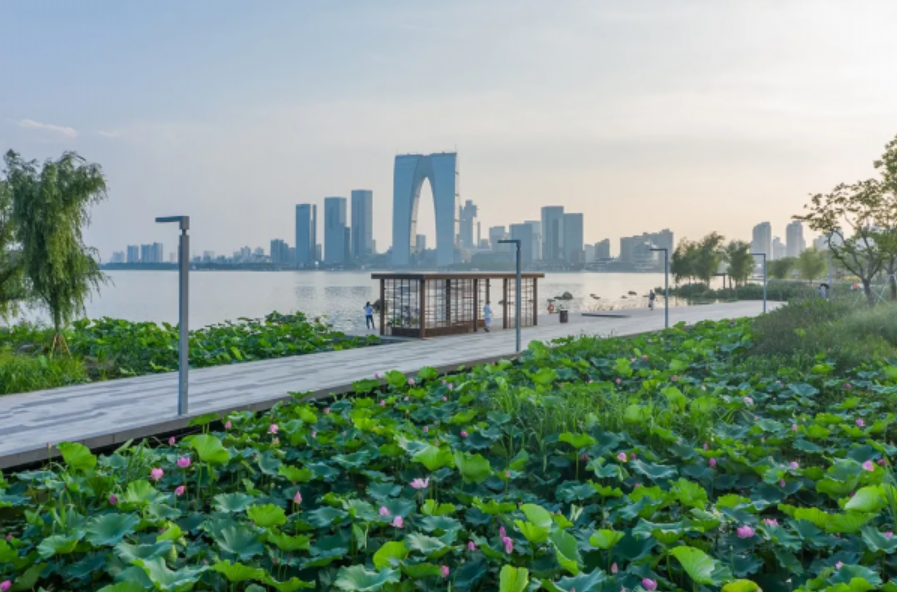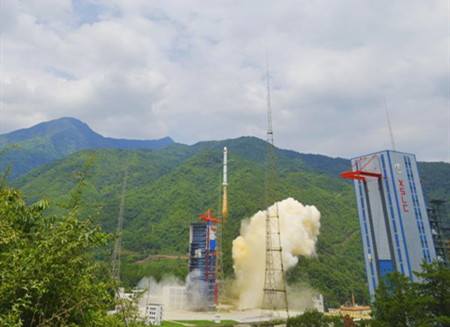East China’s Jiangsu province has released a guideline on the promotion of the Belt and Road initiative by tapping into its role of being the meeting point of the New Silk Road Economic Belt and the 21st Century Maritime Silk Road.
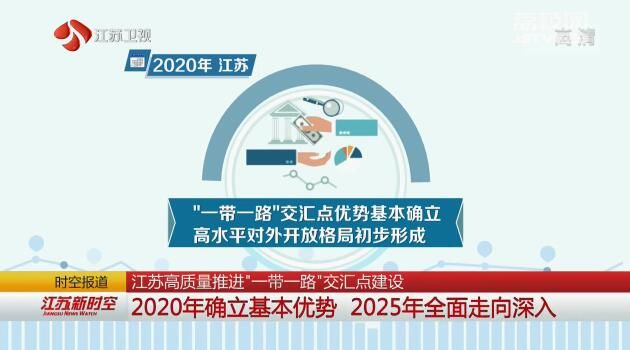
According to the guideline, Jiangsu will have consolidated its role of being the meeting point of the Belt and Road initiative by 2020, as is evidenced by the high level of openness to the outside world. By 2025, it will become the meeting point of the Belt and Road initiative with global influence while it will boost its ties with countries and regions along the "Belt and Road".
Jiangsu will launch five major development plans, as the guideline stipulates, including the accelerated construction of the international transportation network, the operation of the coastal railways at the beginning of the "14th Five-Year Plan" period and the greater progress in the opening up of the national and regional routes along the Belt and Road.
In terms of promoting international capacity cooperation, Jiangsu will seize the opportunity of deep adjustment of international industrial division of labor so as to encourage more local enterprise to make inroad into the overseas market. At the same time, the province will make greater efforts to cultivate and strengthen the cross-border industrial chain and strengthen international cooperation in science and technology.
In the meantime, Jiangsu will deepen the exchanges and cooperation with the chambers of commerce, associations and exhibition organizations of the countries along the Belt and Road, accelerate the construction of a comprehensive platform for cross-border e-commerce, integrate and optimize the resources of the China-Europe freight train and optimize the trading environment for port efficiency reduction.
Greater efforts will be made to boost the development of the overseas industrial parks and enroll more foreign students through the people-to-people exchange programs.
Greater importance will be attached to Lianyungang, Xuzhou, Nanjing, Nantong, Suzhou, Wuxi and Changzhou in their endeavors for better integration into the Belt and Road initiative.
The Belt and Road initiative is a development strategy started by the Chinese government in 2013. It refers to the New Silk Road Economic Belt, which will link China with Europe through Central and Western Asia, and the 21st Century Maritime Silk Road, which will connect China with Southeast Asian countries, Africa and Europe. Neither the belt nor the road follows any clear line geographically speaking; they serve more as a roadmap for how China wants to further integrate itself into the world economy and strengthen its influence in these regions.
(Source: ourjiangsu.com)
